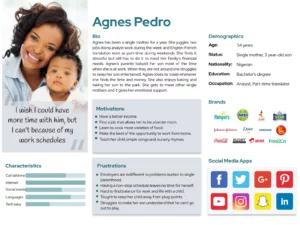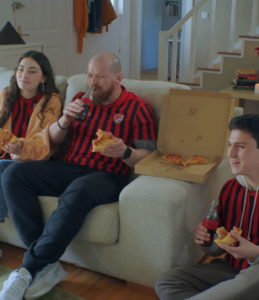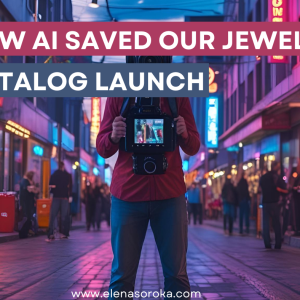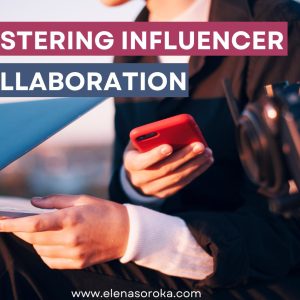The content created for a broad audience has been made for no one. Such content will not be beneficial to your business and will not be attractive to your potential customers.
When you create content for everyone (in your target group), you create content for no one.
Nowadays, business owners are pleased to produce content that educates their customers, content that entertains the customer, and of course, content that sells.
The price for content creation become cheaper, and at the same time the quality of the content decreases. Escape this trap and differentiate yourself from competitors by giving your customer the content that matters.
This post covers the following:
- Important terminology
- How to measure the success of the content?
- How to create content for your customer and get the most out of it?
- Case study
Important terminology?
It’s helpful to have a basic understanding of the different terms I use in this blog post. If you feel familiar with the followings, you are welcome to jump to the next section.
An engagement rate parameter is a number that represents how many times someone has responded to your content. For example, if someone clicks on an article link, this would be a response. That is why when users like, comment on, or stop scrolling the post, the algorithm “marks” this as exciting content, and the engagement rate increases.
Content that generates leads vs. content that generates sales. You may ask yourself, isn’t it the same content. It is not. Lead generation is when we find potential customers who show interest in our service/product and do not necessarily want to buy. However, the content that focuses on sales should be much more straightforward and be addressed for a specific solution.
Target group – people with similar demographic parameters may be interested in the company’s products. Additionally, the product the company offers can fulfill the needs of those people. An easy example of the babies’ food – the target audience will be women with a newborn.
Persona –a fictional person who could be a business’ potential customer. It is not an actual human, but it presents how the hypothetical customer looks alike. When the content strategist creates a persona, we begin with the primary research. We analyze the business customers. What are their behavioral patterns, what are their needs, and what mindset do they have? After we categorize data, we create a profile of the persona with name, age, and another demographic parameter to make it feel like a real person.
How do we measure content success?
First, you must define your goal when you start creating content. Do you want to grow followers? Do you want to generate leads? You may be interested in getting sales from the content you publish. That is all important because different goals require different content, and the measurement will differ.
You must make a clear call to action when you create a blog post and hope people will buy something from your website. And if this blog post generates traffic to your website but does not increase sales, we can understand that the content has yet to be done in the way it will serve the purpose.
Therefore, put a clear goal and decide what will be a success parameter for this content performance.
How to create content for your customer and get the most out of it?
When you decide on the content goal, the best approach is to choose a persona for whom you make this content piece. Let’s look at the example of the baby’s food. As I mentioned above, the target audience for this product will be women with new borns, but not all babies have the exact needs. Additionally, not all moms have the same mindset. Therefore, we must choose a Mom (Persona Agnes) and check her profile. What are her problems, and how can we help her with our product? She likes to cook…, but does not have time; her son is 3 years old. What about creating content with recipes for kids under 5 years old in 10 minutes.

This content will be exactly what Agnes needs. Moreover, since we create a persona by combining the information we collect from different customers, her characteristic definitely was repeated in other customers. The content we created for Agnes is actually the content for every woman that will have the same characteristic. Every one of those women will feel that the content has been created only for her.
Connect to your audience with the right content!
Case study
Below I show you how coca-cola Spain creates content based on their personas. Since the target audience for the beverages is almost endless, the company follows the right strategy and shares content that will talk not for a target audience only but for a specific person.
Man with family.

Nik, who is happy in a relationship.

Jonatan, who likes to eat his lunch alone; and more.




